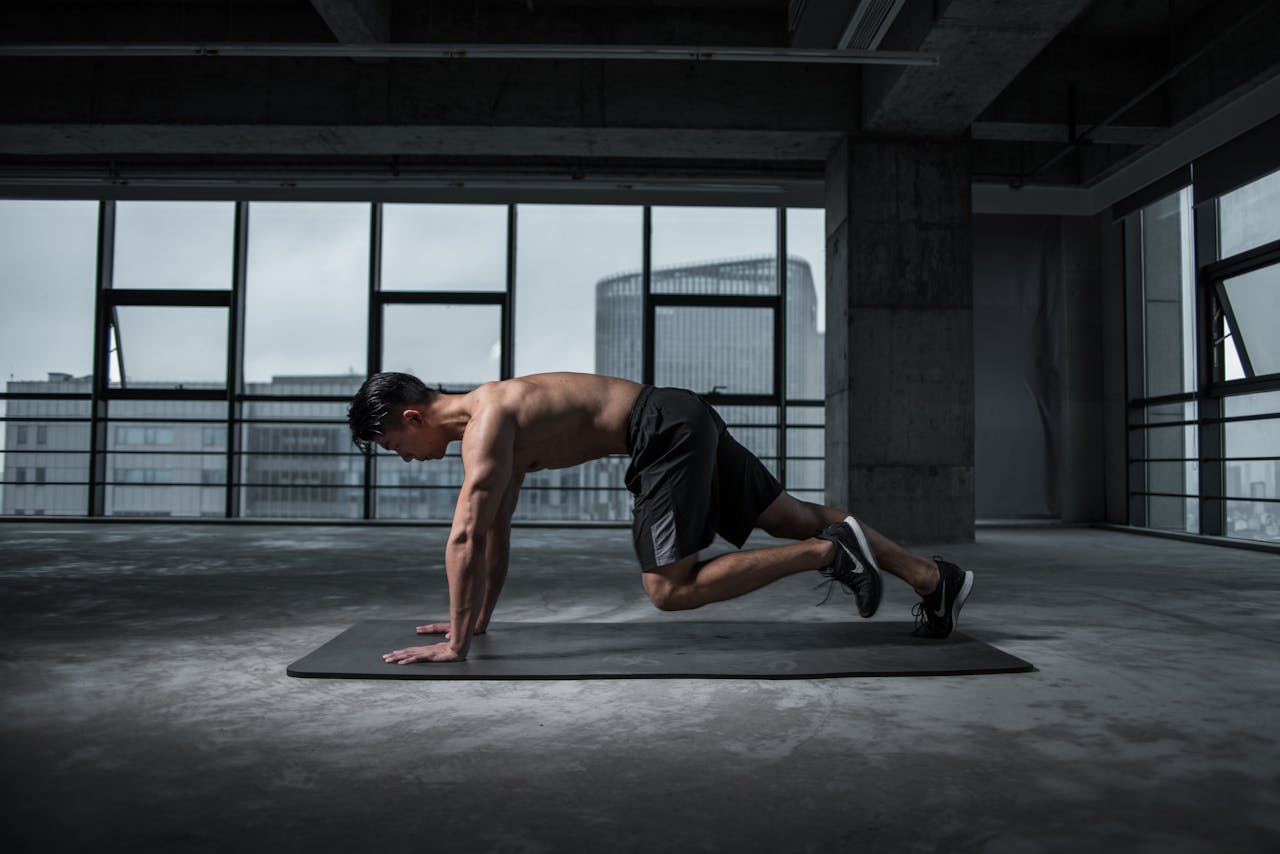Copyright © 2024 - Gearlabblog.com

High-Intensity Interval Training (HIIT) has been a top fitness trend for the past decade, according to the American College of Sports Medicine. In a HIIT workout, you alternate short bursts of intense activity, lasting from 15 seconds to four minutes, with quick recovery periods. These cycles repeat over a set time. HIIT workouts are popular because they are effective and time-efficient, burning a lot of calories quickly. They also build muscle, improve sports performance better than moderate exercise, and are more enjoyable, according to various studies.
HIIT workouts not only benefit the body but also the mind. A July 2021 review of 24 studies in the International Journal of Environmental Research and Public Health found that HIIT positively affects executive function and cognition. A February 2020 study showed that even young adults experience increased cognitive function from HIIT, suggesting it may help combat cognitive decline as people age.
Despite these benefits, some people avoid HIIT because it often involves jumping exercises like jumping jacks, box jumps, and burpees. If you have knee issues, poor balance, or are recovering from an injury, jumping might not be suitable for you. However, you can still enjoy the benefits of HIIT without any jumping.
“High-impact activities like jumping are often confused with high-intensity ones,” says Jonathan Tylicki, a certified personal trainer. High-intensity workouts can be low-impact, engaging multiple muscle groups and raising your heart rate without jumping. To calculate your maximum heart rate, subtract your age from 220 and then find 70% of that number. For example, a 45-year-old’s maximum heart rate is 175 beats per minute, so their target heart rate for high-intensity exercise is above 122.5 beats per minute.
Here are some ways to increase intensity without jumping:
If you don’t have any limiting injuries, consider incorporating some jumping exercises into your routine. Impact exercises like jumping improve bone mineral density, which is important for women at risk of osteoporosis. Start with low-impact exercises like jumping jacks or jumping rope. If you want to try box jumps, use a short box and step down carefully.
Limit HIIT sessions to two or three times per week, with at least one rest day in between, as they are intense. Remember, the older you are, the longer it takes to recover.
HIIT workouts, whether with or without jumping, offer numerous benefits, especially for older adults. They help reduce the risk of diabetes and combat cognitive decline, making them a valuable addition to your fitness routine.
References: